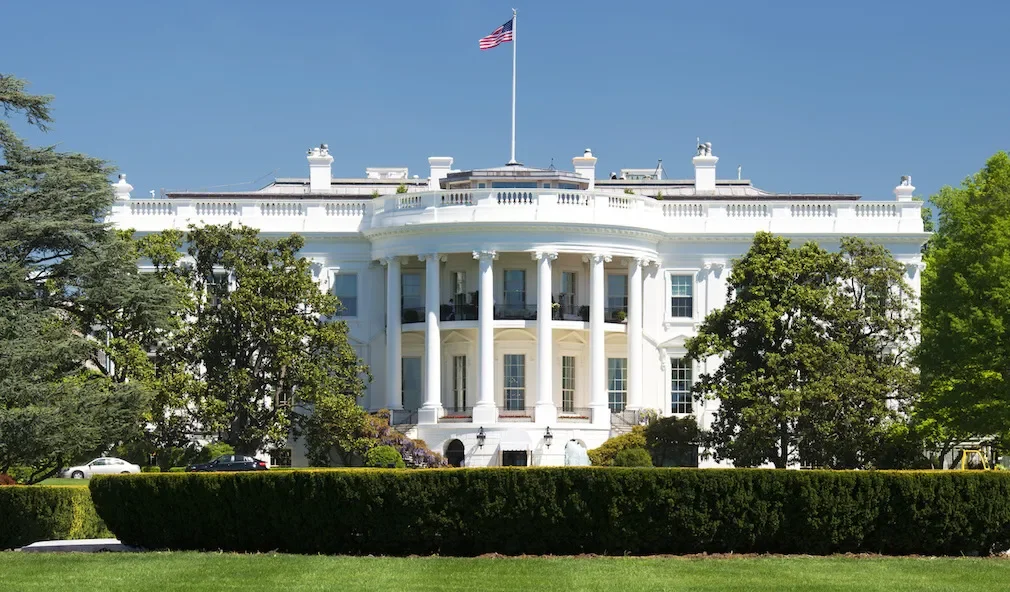
Significant Budget Cuts Threaten Wildlife Conservation Efforts
In a shocking development for environmentalists and wildlife advocates, the recently proposed Fiscal Year 2026 budget by the Trump administration reveals deep cuts to essential federal conservation programs. This plan could have lasting repercussions on the health of U.S. ecosystems and the species that inhabit them.
The budget proposal highlights substantial reductions across various departments focused on natural resource management. For instance, the U.S. National Parks operations face a staggering $900 million cut, while the U.S. Geological Survey is set to lose $564 million. Other reductions include significant slashes to programs funded by the U.S. Fish and Wildlife Service and the U.S. Forest Service, with particular emphasis on ecological services and research initiatives.
Congress holds the ultimate authority to allocate federal funds, meaning this budget serves merely as a suggestion, fostering an urgent call for constituents to communicate with their representatives regarding the potential implications of these proposed cuts. The Wildlife Society (TWS) has emphasized that the significance of conservation has never been more crucial, especially as many wildlife professionals identify it as a primary policy priority.

Moreover, the administration’s justification for these reductions—citing a desire for shifting management responsibilities to state and local authorities—raises concerns about the effectiveness and equity of such transitions. Critics argue that local and state governments may lack the resources to effectively manage vast, intricate ecosystems, which require federal coordination and support.
Environmental advocacy groups are sounding alarms, particularly as many species are already facing existential threats. The potential impacts of these budget cuts on endangered species are alarming; wildlife conservation advocates fear that these cuts will lead to increased risks for vulnerable species and the degradation of biodiversity.
As Rep. Mike Simpson (R-Idaho), chair of the House Appropriations panel, noted regarding the precedent set by previous administrations, withholding vital funding not only undermines the conservation efforts but can also lead to serious legal challenges. Simpson’s apprehensions suggest that Congressional Republicans may resist these recommendations due to a concern over their legality and future implications.
Critics assert that if ecosystems suffer due to these cuts, the ramifications may extend well beyond isolated environments, rippling through local communities and degrading the natural resources they rely on. This situation casts a glaring light on the ongoing battle over conservation funding—one that reveals the conflict between resource extraction priorities and ecological stewardship.
The proposal’s strong push for reducing federal conservation budgets reflects a larger ideological shift and a greater need for engagement from constituents to advocate for wildlife preservation. As we head into this critical budget season, it remains essential for the public to voice their concerns and ensure that wildlife conservation remains a priority in our national agenda.
What implications do you think these budget cuts could have on wildlife conservation? Leave your thoughts in the comments below!
Related issues news
What is the NIH budget for 2025?
FY 2025 Appropriations On March 15, 2025, the President signed H.R. 1968, the FY 2025 full-year continuing resolution (CR). This bill provides funding of $48.5 billion in FY 2025 for NIH, including the Advanced Research Projects Agency for Health.
What is non-defense spending?
Nondefense discretionary spending funds an array of federal activities in areas such as education, transportation, income security, veterans' health care, and homeland security.